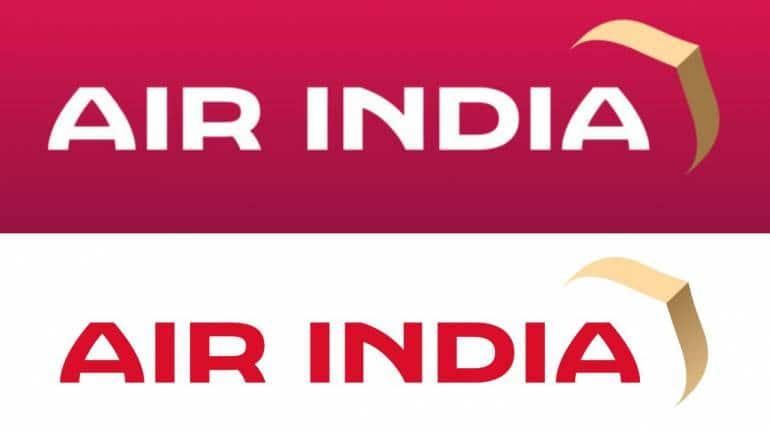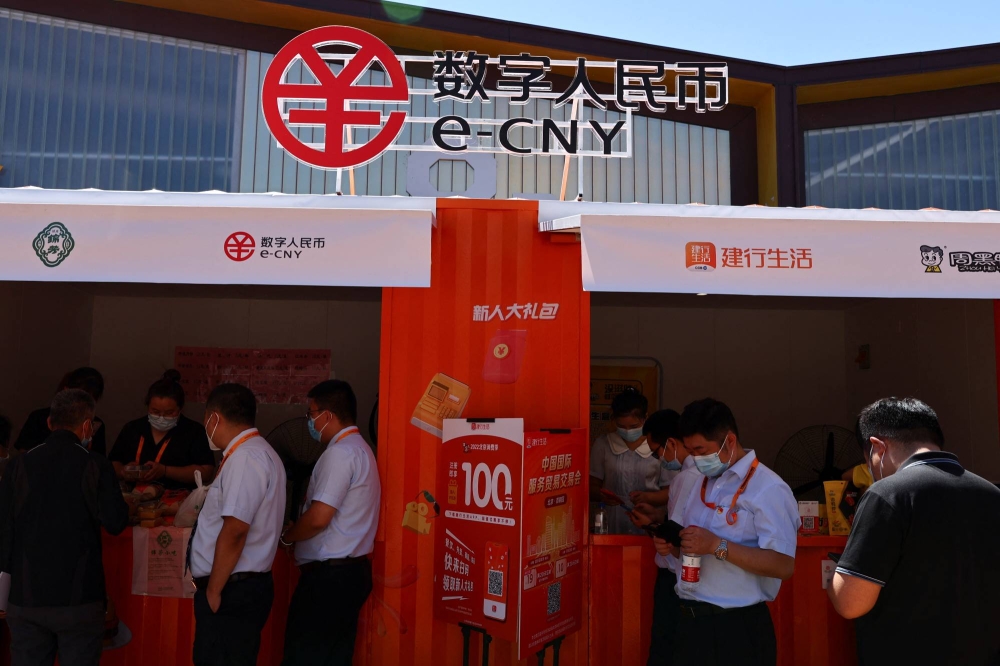- Arvind's Newsletter
- Posts
- Arvind's Newsletter
Arvind's Newsletter
Issue No #824
1.Air India unveils new brand identity, 'The Vista'
The new logo ‘The Vista’ is inspired by the top of the golden window frames of the aircrafts, signifying limitless possibilities, progressiveness, and the airline’s "bold, confident outlook for the future". Air India’s brand-new aircraft livery and design features a palette of deep red, aubergine, and gold highlights, as well as a chakra-inspired pattern.
Designed in partnership with FutureBrand, flyers will see this logo on Air India's aircrafts from December 2023, when the airline's first Airbus A350 enters the fleet in the new livery
2.India passes landmark data protection bill
India is poised to enact a long-delayed personal data protection bill, legislation demanded by business and civil society groups that is set to regulate the internet and the sharing of online data in the world’s most populous country. Parliament’s upper house on Wednesday evening passed the bill, which will take effect after being signed by President Droupadi Murmu “in coming days.”
With almost 1bn people connected to the internet, India has pioneered one of the world’s largest digitisation drives, capturing citizens’ personal information through its Aadhaar ID system and building out an extensive network of digital infrastructure known as the India Stack. However, it has lacked a law governing the sharing of data by companies, government agencies and others. Human rights groups said this left information open to misuse and businesses complained it made their position vulnerable.
The data protection law has been years in the making, gathering momentum after the Supreme Court ruled in 2017 that Indians had a fundamental right to privacy. Multiple versions of the bill were floated and subsequently revised after backlash from business groups, civil society advocates and opposition politicians.
The law also mandates the creation of a government-controlled data protection board responsible for tracking compliance. However, the law remains a source of concern to civil society activists, who say exemptions for the government from data protections amount to a greenlight for state surveillance.
3.For Disney, Streaming Losses and TV’s Decline Are a One-Two Punch
Disney’s streaming operation lost $512 million in the most-recent quarter, the company said, bringing total streaming losses since 2019, when Disney+ was introduced, to more than $11 billion.
Disney+ lost roughly 11.7 million subscribers worldwide in the three months that ended July 1, for a new total of 146.1 million. All the decline came from a low-priced version of Disney+ in India. Last year, Disney lost a bid to renew the expensive rights to Indian Premier League cricket matches. Excluding India, Disney+ gained 800,000 subscribers, primarily overseas.
For the second time in about a year, Disney unveiled a round of major price increases to its streaming products, raising the cost of the ad-free versions of Disney+ and Hulu by more than 20% each. The company also vowed to crack down on password-sharing , an effort that streaming rival Netflix started in earnest earlier this year. The moves, along with deep cuts announced early this year, are geared toward achieving profitability for Disney’s streaming segment by September 2024
4.A new platform to expand the reach of China’s digital yuan and other central bank digital currencies is moving closer to reality.
The Chinese blockchain, mBridge, for digital yuan transactions is progressing fast. The mBridge project, with backing from the Bank of International Settlement, the UAE, Thailand, and Hong Kong, is a direct challenge to the US dollar. Faster settlements could wean away a slice of the $6.6 trillion forex transactions that currently involve the US dollar.
5.The new commodity superpowers (Move over OPEC ?) reports Financial Times.
The future of mobility and communication lies in efficient energy storage. And key to that are metals such as lithium, cobalt and copper. They also tend to be highly concentrated in places such as DRC and Chile.
Any metal used in batteries is highly prized today. Owners of these metal deposits, such as Indonesia, are demanding participation in the value chain, sometimes taking a leaf out of the colonial playbook itself. And countries where battery metals naturally occur find themselves in a position of power that Arab countries enjoyed when oil was discovered under their deserts. It makes them mini powers able to even influence big power politics between the US and China.
The mining of certain metals is highly concentrated among just a few countries. For cobalt, the DRC accounts for 70 per cent of global mining. In nickel, the top three producers (Indonesia, the Philippines and Russia) account for two-thirds of the market. While for lithium, the top three producers (Australia, Chile and China) account for more than 90 per cent.
According to the International Energy Agency, By the end of this decade, the nascent lithium market needs to triple in size, while copper supply will be short by 2.4 mn tonnes.
The supply chains for some of these metals are becoming entangled in the rising tensions between the west and China, which dominates processing capacity for lithium, cobalt and rare earths and is considering restricting exports of some materials. Governments from Washington to Brussels to Tokyo are assessing where they can reliably source critical minerals without going through Beijing’s orbit.
This shift is also transforming some smaller and historically under-developed countries into commodity superpowers. And their governments are now intent on rewriting the rules of mineral extraction.
Many are trying to capture more of the value of their minerals, by doing more processing and value-added manufacturing domestically. Some are also attempting to control the supply, by nationalising mineral resources, introducing export controls, and even proposing cartels.
Just in the past 12 months, Zimbabwe and Namibia banned exports of raw lithium;
Chile increased state control over lithium mining; while Mexico plunged its nascent lithium industry into uncertainty with a new review of mining concessions. Meanwhile, Indonesia added export controls on bauxite (a key ingredient in aluminium) to its pre-existing ban on exports of raw nickel ore.
The subtle shift in power towards the producers of sought-after battery metals is similar to other commodities shifts of the past, like the rise of coal during 19th century or the rise of tin during the 20th. But how far will producers go to take advantage of this moment? And how long can they make it last?
The poster child for harnessing value from materials is Indonesia, which produces nearly half of the world’s nickel, a key ingredient in electric car batteries. Years of export controls on raw nickel have already succeeded in building an extensive domestic smelting industry, as well as battery plants and several electric vehicle factories.
After the country banned exports of raw nickel in 2014, it attracted more than $15bn of foreign investment in nickel processing, primarily from China. Today Indonesia has banned exports of everything from nickel ore to bauxite, with an export ban on copper concentrate coming into effect next year.
A new report from the International Renewable Energy Agency finds that metals producers will be able to wield influence in the short term, while production is concentrated and demand is growing, but they are unlikely to have the kind of lasting geopolitical power enjoyed by oil and gas producers. One challenge is that battery metals like lithium are well distributed around the globe — at least in terms of geological reserves, if not in actual mine production. Today’s high lithium prices are making it efficient to develop deposits that were previously too expensive to access, and fuelling the broader expansion of hard-rock lithium mining in places like China and Australia.
Read on.

/cloudfront-us-east-2.images.arcpublishing.com/reuters/NZN4HNB2IBM3TPQMIAH3VGEATE.jpg)


